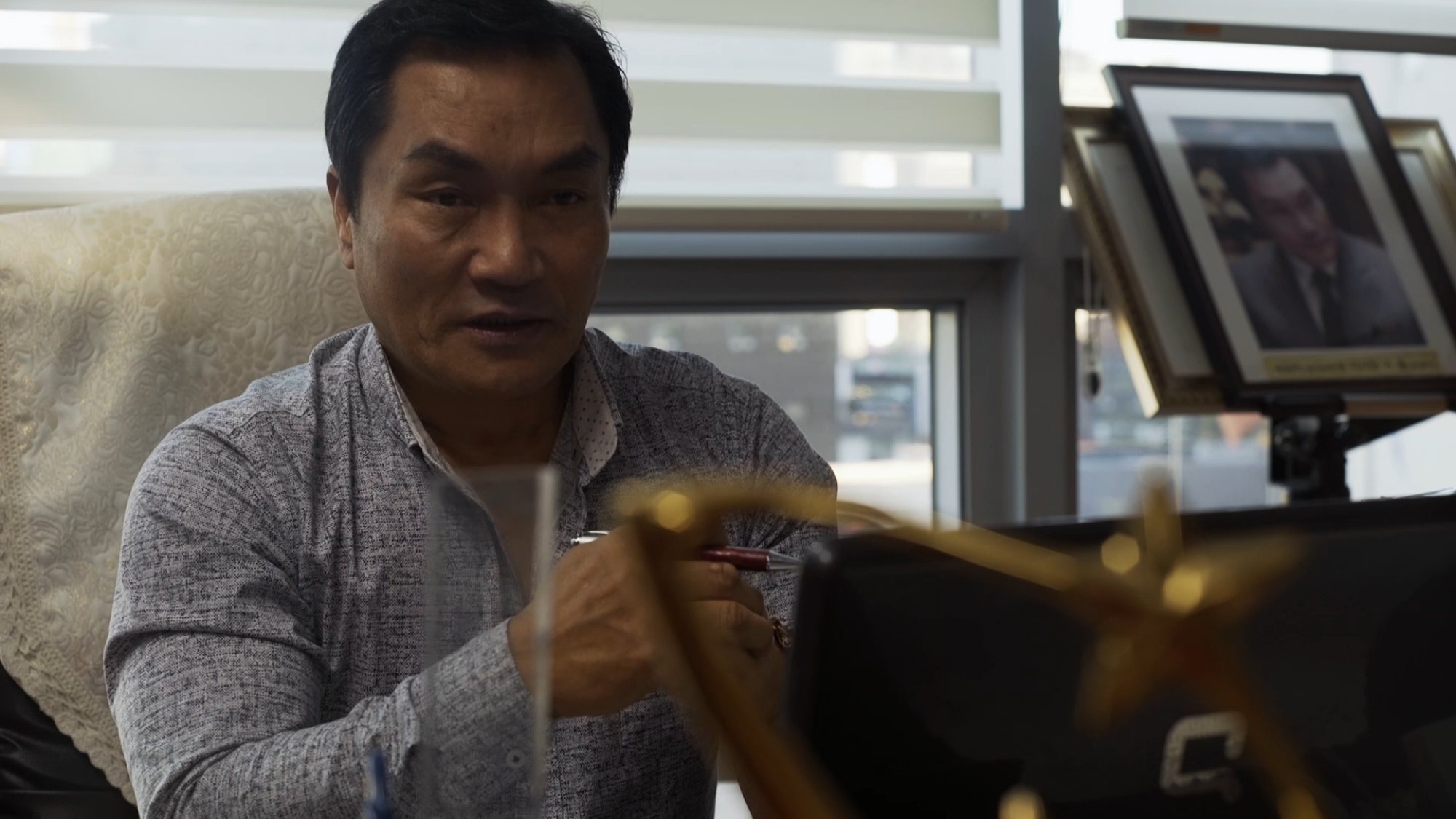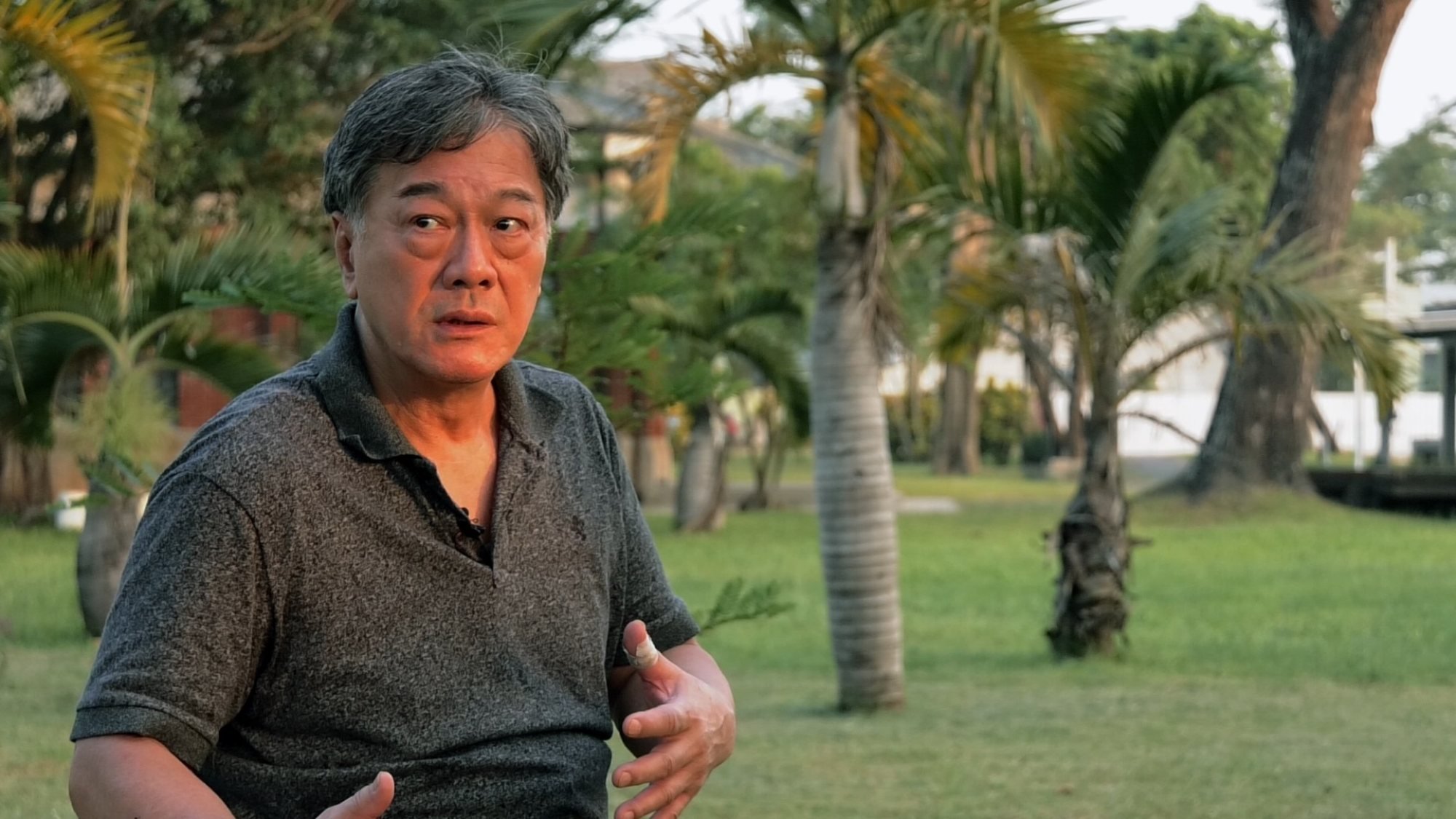May 31, 2024 10:25am PT
Bruce Lee Imitator Says Copying Iconic Martial Artist Was Tougher Than It Looked: ‘Acting Is Not Like Kung Fu’
By Todd Gilchrist

Severin Films
When Bruce Lee died under mysterious circumstances in 1973 at age 32, the actor and martial artist left a hole in the action star firmament that seemed irreplaceable. That did not stop the Hong Kong film industry — and the rest of the world, for that matter — from trying anyway.
As Lee’s final (complete) film “Enter the Dragon,” released just six days after his death, became a worldwide box office phenomenon, “Brucesploitation” was born, enlisting look-alike performers to replace and imitate the trailblazing martial artist on screen. Decades after these copycat films deceived viewers — while still delivering some genuinely thrilling fight sequences — Severin Films is releasing “The Game of Clones: Brucesploitation Collection Vol. 1,” a compilation of 14 titles starring Bruce “impostors” like Ho Chung Tao, who went by the name Bruce Li, Ryong Keo (Dragon Lee), Chang Yi-tao (Bruce Lai) and Wong Kin-lung, who to this day goes by the name Bruce Le.
Le started his career as a contract player for famous Hong Kong studio Shaw Brothers before joining the cottage industry of Bruce Lee imitators, going on to star in “The Big Boss Part II,” “Return of Bruce” and “Enter the Game of Death” among many others. Speaking recently to Variety, Le suggests that he shared a deeper connection with his predecessor than many of his counterparts. “Bruce Lee was a disciple of Ip Man, the master of Wing Chun,” he explains via a translator. “But Ip Man was very old, so he couldn’t teach Bruce Lee himself. So Ip Man’s disciple, Wong Shun-leung, taught Bruce Lee — and Wong Shun-leung was also my master.”

Bruce Le in ‘The Clones of Bruce.’
Courtesy Severin Films
In addition to “Enter the Game of Death,” Le appears in “Enter the Clones of Bruce,” director David Gregory’s chronicle of the Brucesploitation phenomenon. He admits he wasn’t reluctant to take up Lee’s mantle — or name — when the powers that be first reached out to him. “It was almost like an honor,” he says. “I thought I could make Bruce Lee-style action my way, because I was a martial arts teacher.”
Like Lee, Le didn’t want to make wuxia films, a genre focusing on adventures in ancient China (later popularized worldwide by films like “Crouching Tiger, Hidden Dragon”). The problem was that the Shaw Brothers had effectively cornered the market on wuxia, and were uninterested in developing the more contemporary stories Lee told in “The Big Boss” and “Way of the Dragon.”
“I stayed with Shaw Brothers for two or three years, but the kind of stories they asked me to do, I wasn’t interested. So I made different movies to show my style. And then in my style, you can see Bruce Lee inside — real martial kung fu.”
As highlighted in Gregory’s documentary, not all Lee imitators were equal to one another.
“Bruce was a very dedicated performer and acting is not like kung fu,” Le insists. “So it wasn’t actually as easy to imitate him as they thought, because of the acting component involved. At the start, we wanted to imitate our idol. But after making 10 or so movies, I started to create my own style — but at the same time, I was still following the spirit of Bruce Lee.”

Bruce Li in ‘Goodbye Bruce Lee: His Last Game of Death.’
Courtesy Severin Films
Le says that the films he starred in both showcased his style and Lee’s spirit. “When audiences saw me supposedly imitating Bruce Lee in a movie, I was actually fighting my own style of kung fu with the flavor of Bruce,” he says. “And then later, when I went on to collaborate with a lot of American celebrities, it was my own style that they’re collaborating with, not Bruce Lee’s style.”
He counts the 1977 film “Return of Bruce” and 1982’s “Ninja Strikes Back” among his favorite films, the latter because he was able to recreate sequences from Bruce Lee’s “The Way of the Dragon,” which was shot in Italy. “I shot it at the Colosseum,” he notes.
He was additionally proud of “Ninja Strikes Back” because of an inventive technique he came up with to use animation to depict the impact of his kicks and punches. “If you break your leg, you’ll go to the hospital and see the damage with an x-ray,” he observes. “But in a movie, it’s just ‘Ohh!’ I wanted you to immediately see that it was broken.”
Meanwhile, Le also performed in an unforgettable (and entirely unrelated) martial arts scene in Juan Piquer Simón’s cult 1982 horror film “Pieces,” where a Bruce Lee imitator attacks star Lynda Day George on the Boston college campus where she works.

Bruce Le stars in the 1982 film ‘Ninja Strikes Back.’
Courtesy Severin Films
“The producer of ‘Pieces’ is Dick Randall, who’s like my godfather,” he says. “I was in Italy, and he asked me to do one or two fighting scenes. I said, ‘But it’s a horror movie, not a kung fu movie!’ But I did it because he was my friend. Also, the star, Paul L. Smith, I’d seen his film ‘Midnight Express,’ so I was excited to do it.”
Le later worked with Harold Sakata, best known for playing Oddjob in “Goldfinger,” Australian martial artist Richard Norton (“Mad Max: Fury Road”), and taught kung fu to Robert Patrick. But after decades in Bruce Lee’s shadow — and further, the infamy of being one of his imitators — “The Game of Clones” gives him and his fellow Brucesploitation performers the overdue attention that they deserve. Gregory’s fun, illuminating documentary is packaged with 14 restored films from the genre’s heyday, more than 24 hours of bonus features and a 100-page book full of essays and images. Though it’s a spotlight that Le welcomes, he says he never intended to replace Lee to moviegoers, but simply to ensure they continued to be entertained.
“I was not trying to imitate Bruce Lee, because I learned kung fu myself,” Le says. “A punch is just a punch — it’s not Bruce Lee’s punch. To me, the most important thing was always how can I fight in a movie that looks the best way for the audience?”
“The Game of Clones” box set will hit retailers June 25, 2024.

Courtesy Severin Films



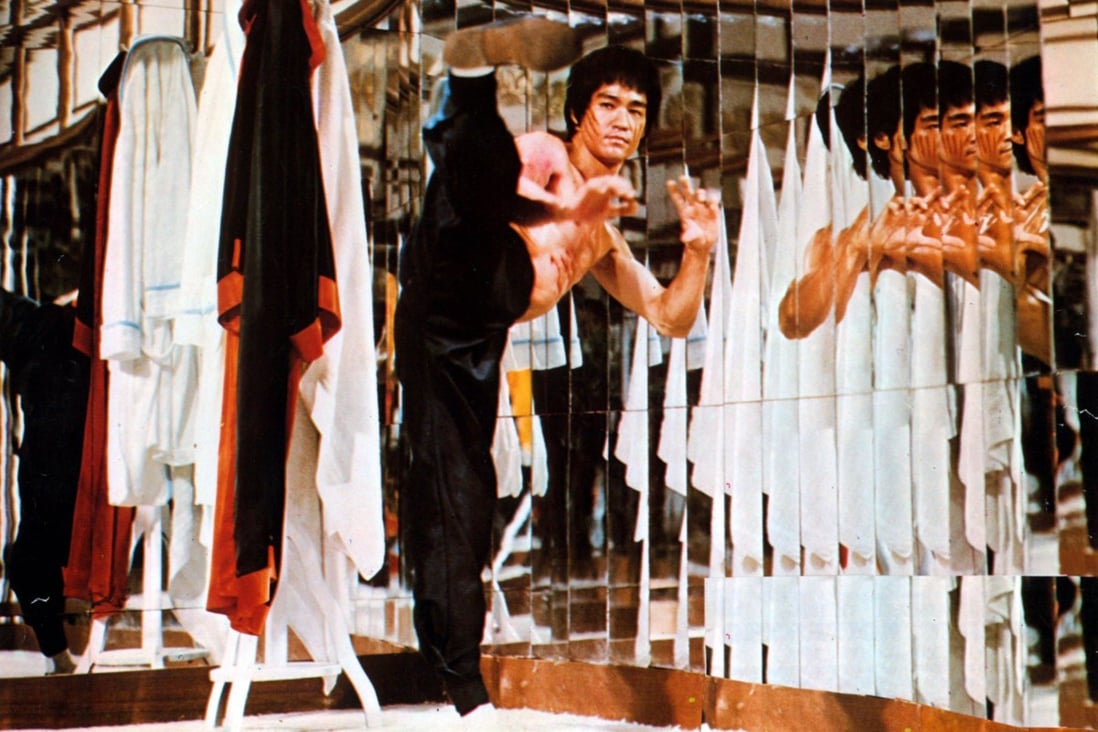
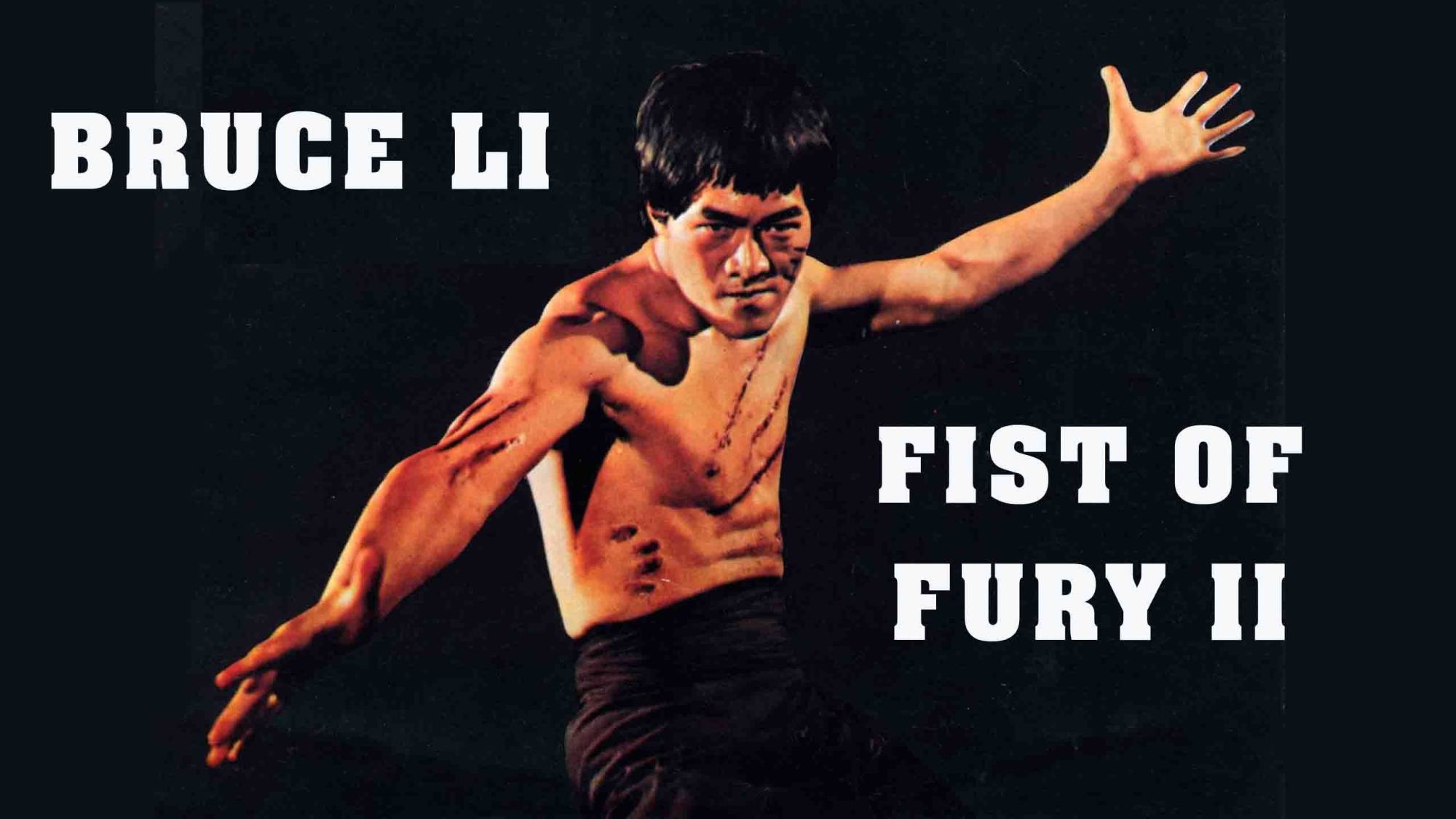
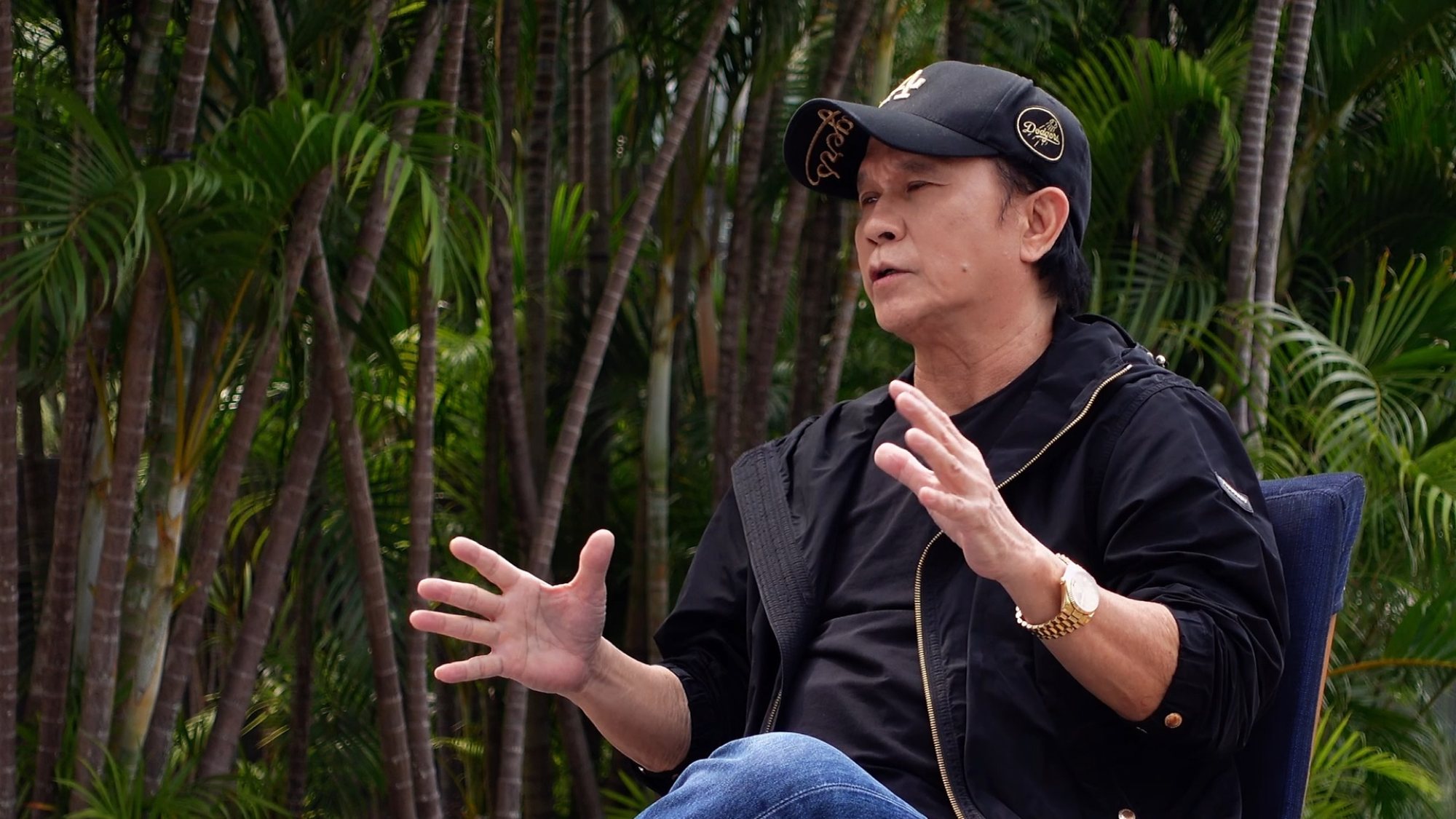

 Reply With Quote
Reply With Quote
